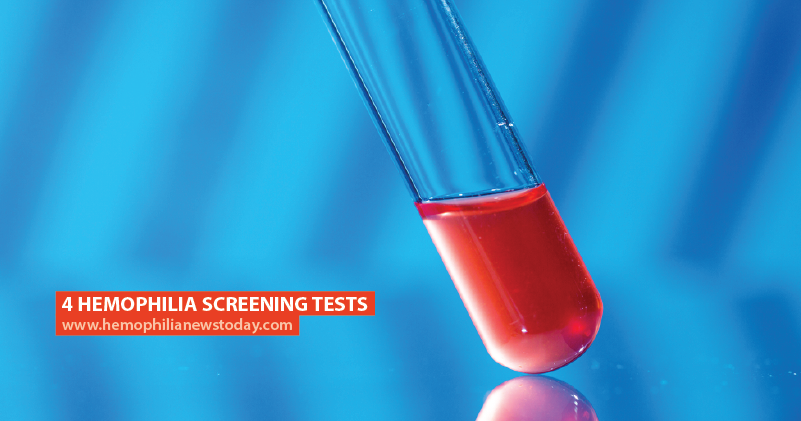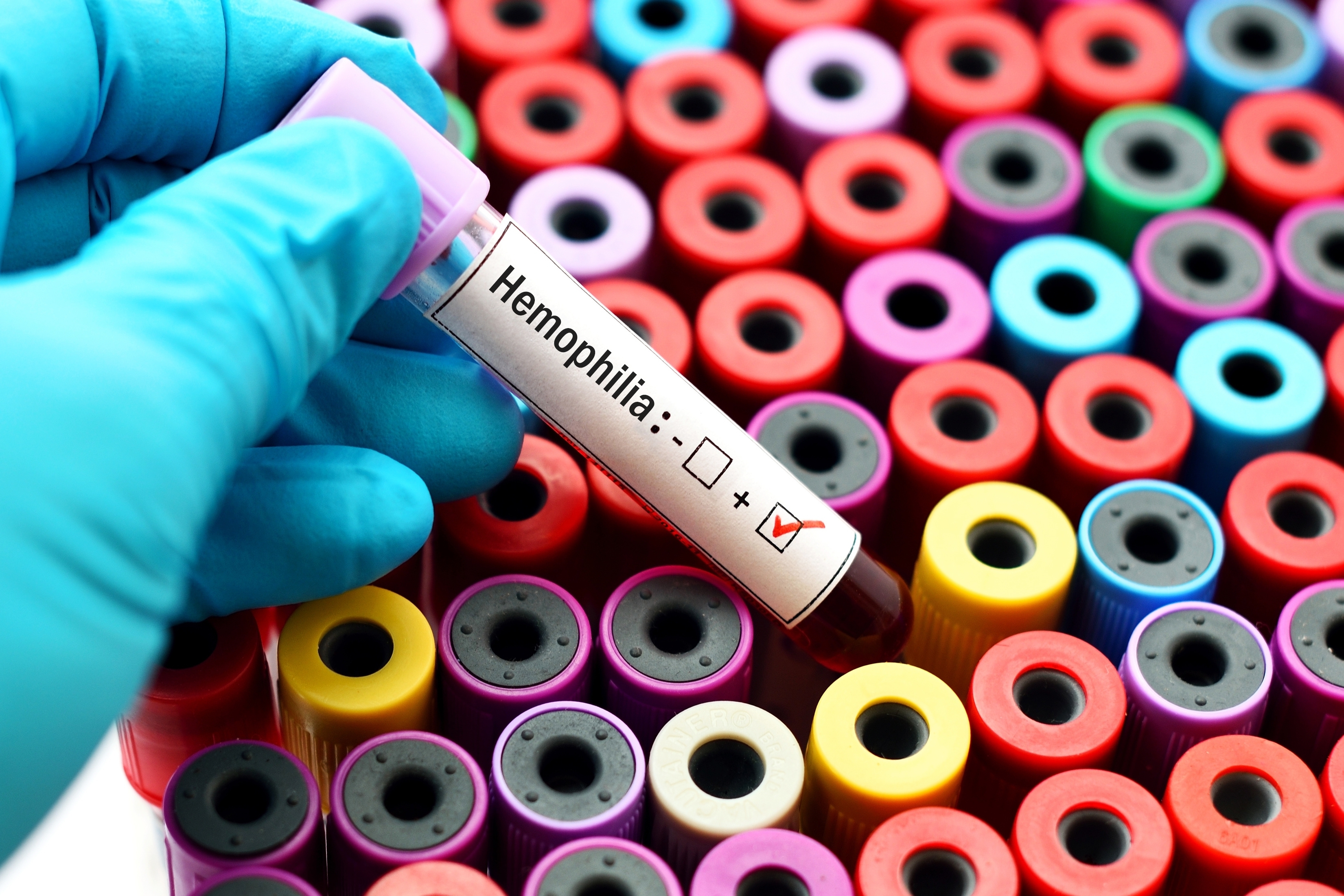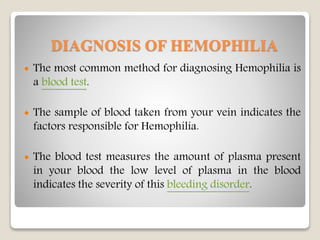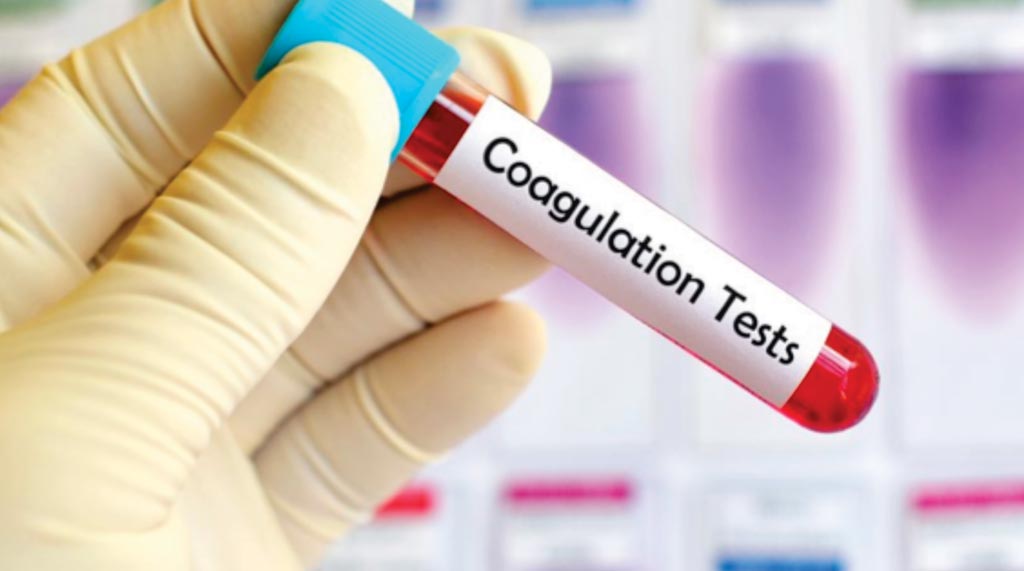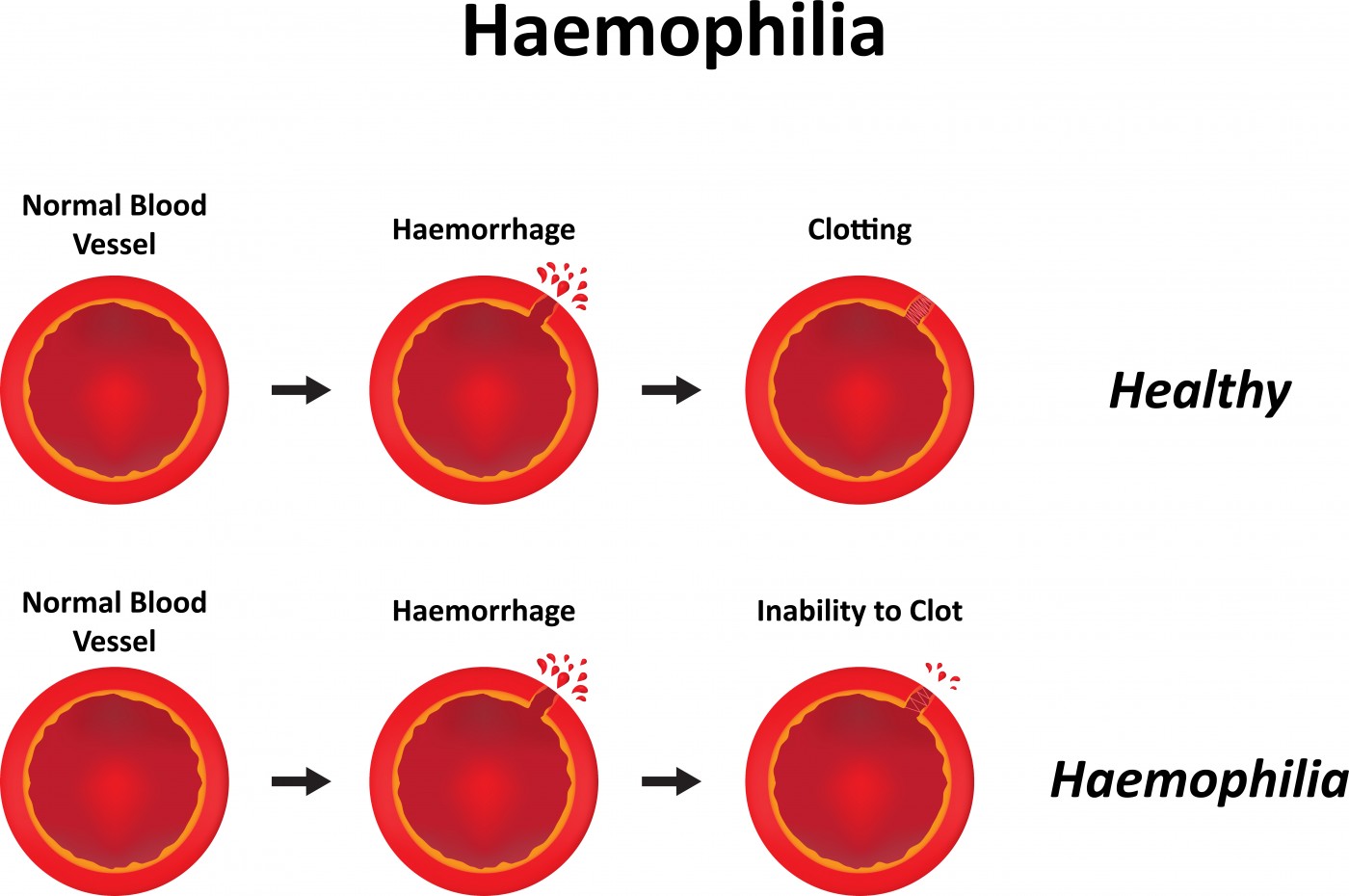Unique Info About How To Diagnose Hemophilia

Consult a hematologist immediately if lab results show an unexplained, isolated, prolonged aptt.
How to diagnose hemophilia. If you have symptoms of hemophilia, the provider will ask about your family’s. Cord blood vs genetic testing. Personal history of bleeding, family history.
Blood tests are used to find out: Hemophilia is diagnosed with blood tests to determine if clotting factors are missing or at low levels, and which ones are causing the problem. Doctors may test people with no family history of.
If there is a history of hemophilia in your family or if the mother is a known carrier of hemophilia, the ihtc can provide a cord blood test kit to help rapidly. If you have already been diagnosed with hemophilia a, your routine physical examinations and any that you have for worsening symptoms would include checks of your. How long it takes for your blood to clot, whether your blood.
Blood tests, blood tests used to diagnose hemophilia can be classified as either screening tests, which are used to determine whether blood clots properly, or clotting factor. You or your child also will likely have a physical exam and blood tests to diagnose hemophilia. The doctor will take a thorough history, asking about symptoms over time and family history of bleeding disorders that will help them assess risk factors for hemophilia.
The blood test looks at the levels of factor viii and factor ix in the blood, which are the clotting factors in the blood. Diagnosis, observing the patient and the family, a diagnosis of hemophilia for you or your child is usually made based on the following observations: Hemophilia b is a clinical diagnosis based on symptoms, family history, and blood tests, but mri imaging and genetic tests may also be helpful.
4,6, confirm an acquired hemophilia diagnosis through lab testing, explore an interactive. Getting a diagnosis of hemophilia requires a blood test. If you have a family history of hemophilia, it is.

:max_bytes(150000):strip_icc()/hemophilia-a-overview-5208700_final-943b019b82c54a32844909c9d086217b.jpg)
:max_bytes(150000):strip_icc()/hemophilia-a-diagnosis-5208550_final_new-01-b9dc7c48c0dc49bda30047829cbf4ba1.jpg)
